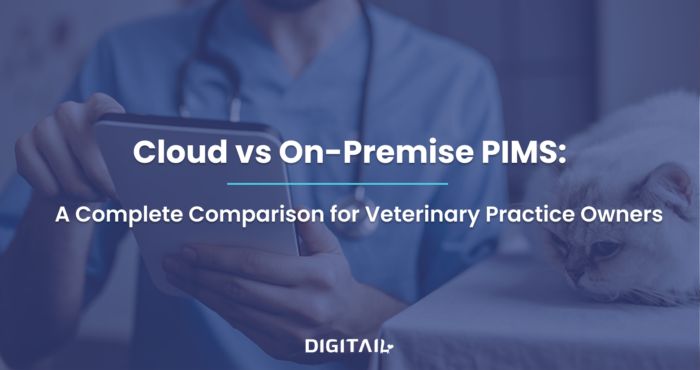
Guide to Veterinary Clinic Markup
As veterinary professionals, we understand the challenges of providing excellent care while ensuring your practice remains sustainable and profitable. That’s why we’ve created the ultimate pricing guide tailored specifically for the veterinary industry. Get ready to navigate the pricing maze and optimize your revenue streams!
Non-Competitive Products
This category includes:
- pharmaceuticals
- nutraceuticals
- care products that are not commonly subject to market price competition
Examples: antibiotic tablets, NSAIDs, ear flush, etc.Determining the right markup for non-competitive products requires careful consideration.
Here are 6 key factors to keep in mind:
- Cost of goods: Calculate the direct costs of acquiring the product, including shipping, taxes, and related expenses.
- Overhead costs: Allocate a portion of your practice’s overhead expenses to the product to cover operational costs.
- Desired profit margin: Set a target profit margin that aligns with your practice’s goals and market conditions.
- Market research: Research similar products to understand customer price expectations.
- Value perception: Consider the perceived value of the product to your clients and adjust pricing accordingly.
- Pricing strategy: Choose the most appropriate pricing strategy for the product, such as cost-plus, value-based, or competitive pricing.
Competitive Products
Competitive products require a different pricing approach to stand out in the market.
Consider these 6 factors when determining your markup:
- Competitor pricing: Research prices of similar products offered by your competitors.
- Cost analysis: Factor in the direct costs of obtaining the product.
- Target profit margin: Set a realistic profit margin, considering market conditions and overall financial goals.
- Price sensitivity: Assess how price-sensitive your target customers are and adjust accordingly.
- Differentiation: Identify unique selling points to differentiate your product and justify higher pricing.
- Promotions and discounts: Utilize strategic promotions to attract customers while maintaining profitability.
Laboratory Testing
Laboratory services are essential for accurate diagnoses and treatment plans.
Optimize your laboratory pricing with these 8 factors:
- Cost of equipment and supplies: Consider the direct costs associated with in-house or external lab services.
- Overhead expenses: Allocate a portion of your practice’s overhead costs to cover lab operations.
- Staff expertise and time: Factor in training, certifications, and time spent on tests and sample processing.
- Turnaround time: Adjust pricing based on the speed of delivering lab results.
- Quality assurance and control: Account for maintaining high-quality standards and accreditation requirements.
- Desired profit margin: Set a profit margin that aligns with your practice’s goals and market dynamics.
- Competitor pricing: Research prices for similar laboratory services in your area.
- Client perception: Consider the perceived value of your lab services to adjust pricing accordingly.
Dispensing Fees
Dispensing medication involves additional considerations.
Keep these 8 factors in mind for effective pricing:
- Cost of medication and supplies: Calculate the direct costs associated with acquiring the medication.
- Overhead expenses: Allocate a portion of your practice’s overhead costs to cover dispensing services.
- Staff time and expertise: Account for training, prescription filling, and patient counselling.
- Inventory management: Consider costs associated with medication storage and rotation.
- Regulatory compliance: Factor in expenses related to adherence to safety and regulatory guidelines.
- Desired profit margin: Set a profit margin that aligns with your practice’s goals and market conditions.
- Competitor pricing: Research prices for similar dispensing fees charged by competitors.
- Client perception and convenience: Consider the perceived value of receiving medications directly from your practice.
As you navigate the pricing landscape, remember to regularly evaluate and adjust your pricing strategies based on market trends, customer feedback, and your practice’s financial goals.



